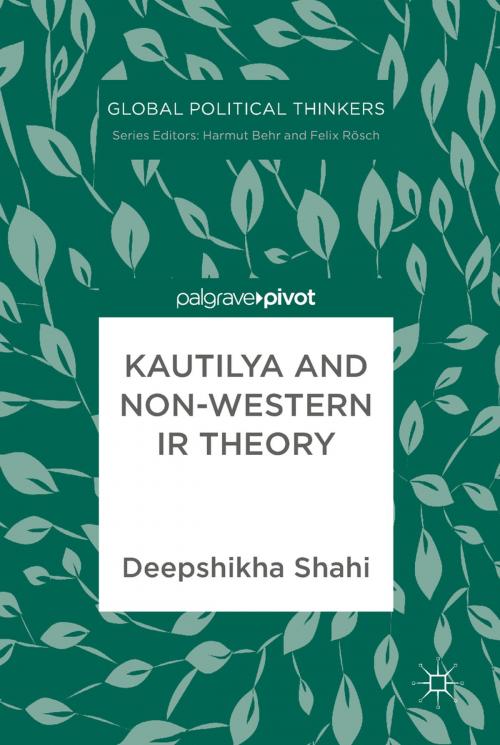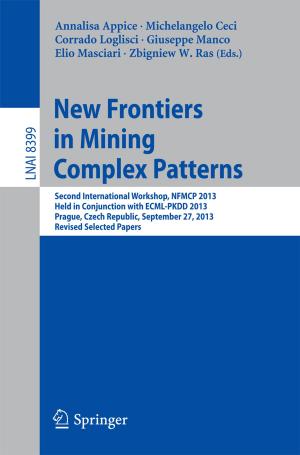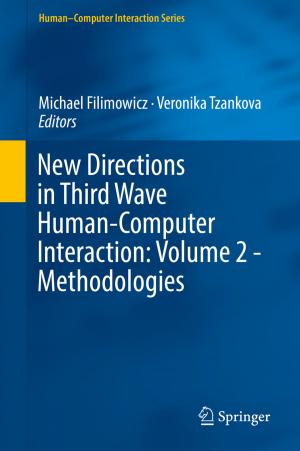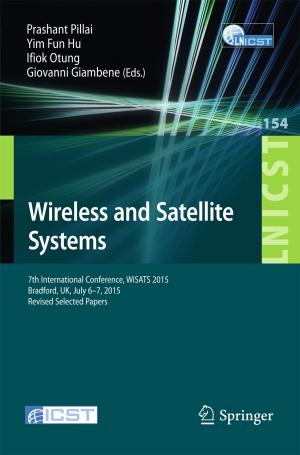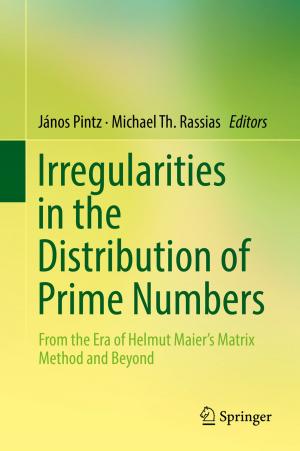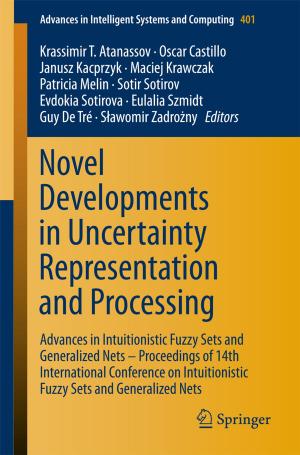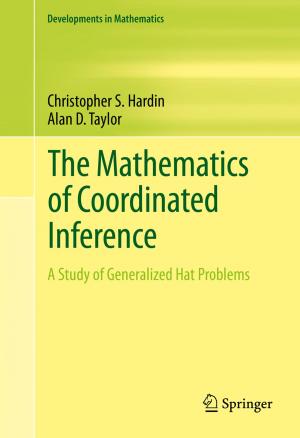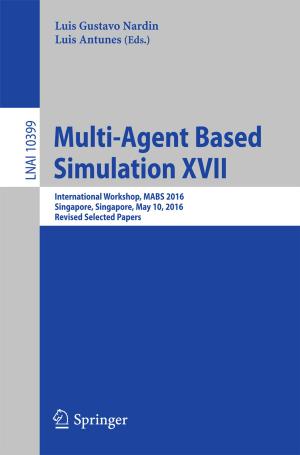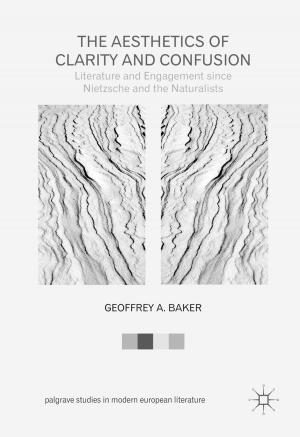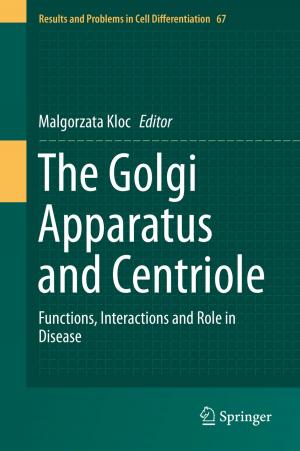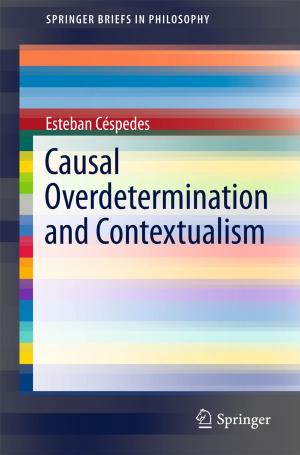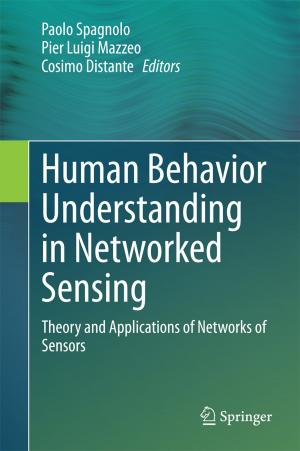Kautilya and Non-Western IR Theory
Nonfiction, Social & Cultural Studies, Political Science, International, International Relations| Author: | Deepshikha Shahi | ISBN: | 9783030017286 |
| Publisher: | Springer International Publishing | Publication: | September 29, 2018 |
| Imprint: | Palgrave Pivot | Language: | English |
| Author: | Deepshikha Shahi |
| ISBN: | 9783030017286 |
| Publisher: | Springer International Publishing |
| Publication: | September 29, 2018 |
| Imprint: | Palgrave Pivot |
| Language: | English |
The ancient Indian text of Kautilya’s Arthaśāstra comes forth as a valuable non-Western resource for understanding contemporary International Relations (IR). However, Kautilya’s Arthaśāstra largely suffers from the problem of ‘presentism’, whereby present-day assumptions of the dominant theoretical models of Classical Realism and Neorealism are read back into it, thereby disrupting open reflections on Kautilya’s Arthaśāstra which could retrieve its ‘alternative assumptions’ and ‘unconventional traits’. This book attempts to enable Kautilya’s Arthaśāstra to break free from the problem of presentism – it does so by juxtaposing the elements of continuity and change that showed up at different junctures of the life-history of both ‘Kautilya’s Arthaśāstra’ and ‘Eurocentric IR’. The overall exploratory venture leads to a Kautilyan non-Western eclectic theory of IR – a theory which moderately assimilates miscellaneous research traditions of Eurocentric IR, and, in addition, delivers a few innovative features that could potentially uplift not only Indian IR, but also Global IR.
The ancient Indian text of Kautilya’s Arthaśāstra comes forth as a valuable non-Western resource for understanding contemporary International Relations (IR). However, Kautilya’s Arthaśāstra largely suffers from the problem of ‘presentism’, whereby present-day assumptions of the dominant theoretical models of Classical Realism and Neorealism are read back into it, thereby disrupting open reflections on Kautilya’s Arthaśāstra which could retrieve its ‘alternative assumptions’ and ‘unconventional traits’. This book attempts to enable Kautilya’s Arthaśāstra to break free from the problem of presentism – it does so by juxtaposing the elements of continuity and change that showed up at different junctures of the life-history of both ‘Kautilya’s Arthaśāstra’ and ‘Eurocentric IR’. The overall exploratory venture leads to a Kautilyan non-Western eclectic theory of IR – a theory which moderately assimilates miscellaneous research traditions of Eurocentric IR, and, in addition, delivers a few innovative features that could potentially uplift not only Indian IR, but also Global IR.
